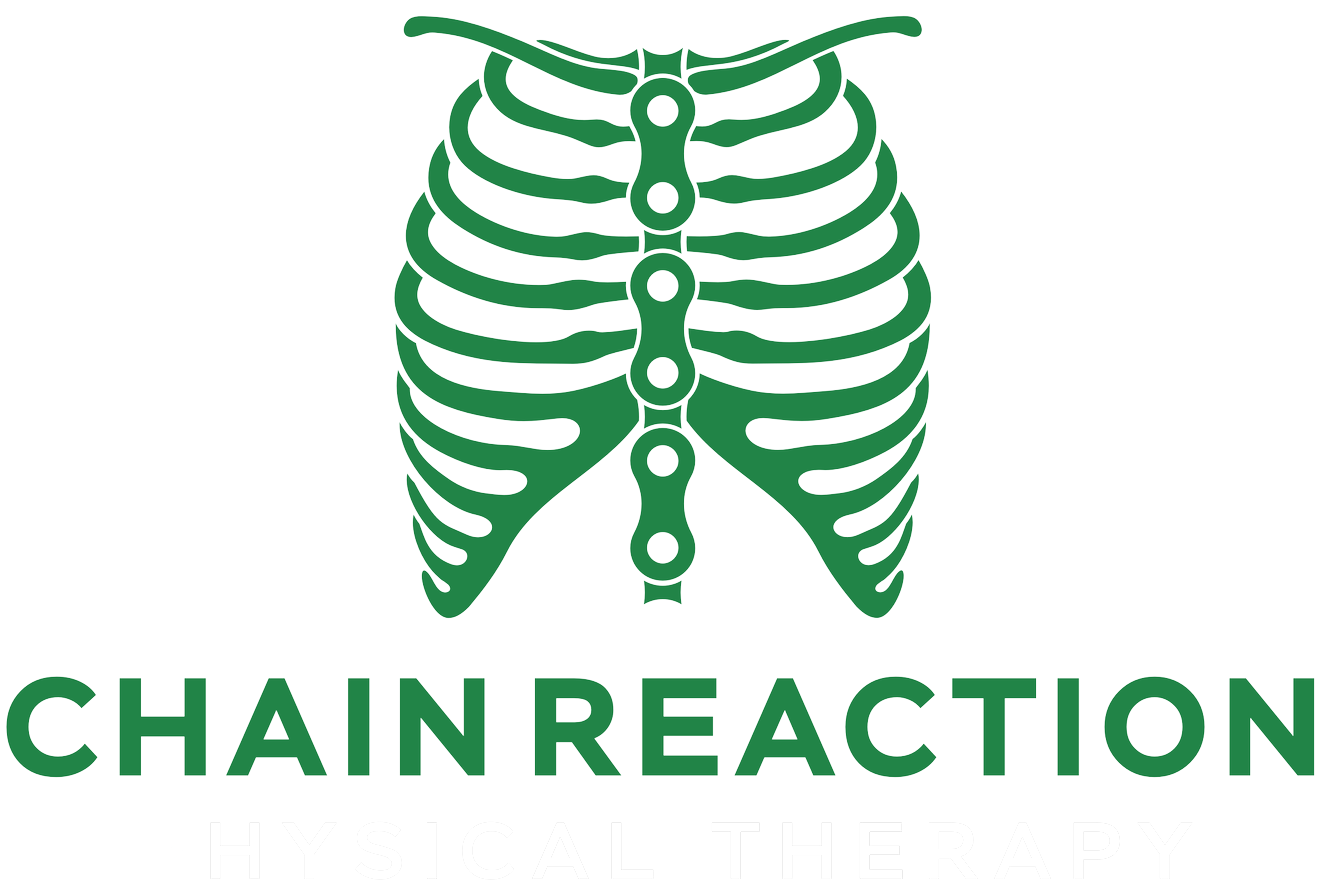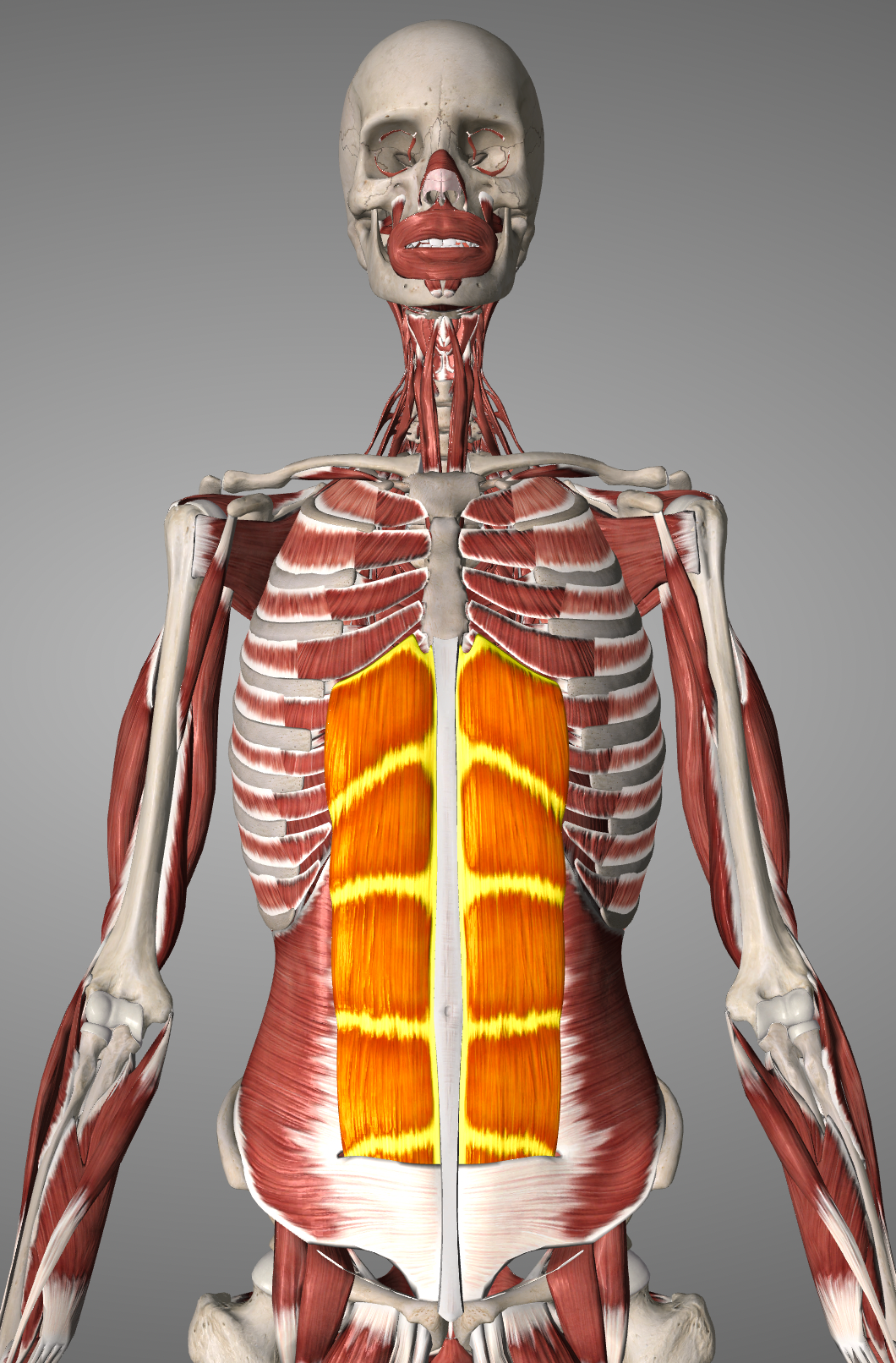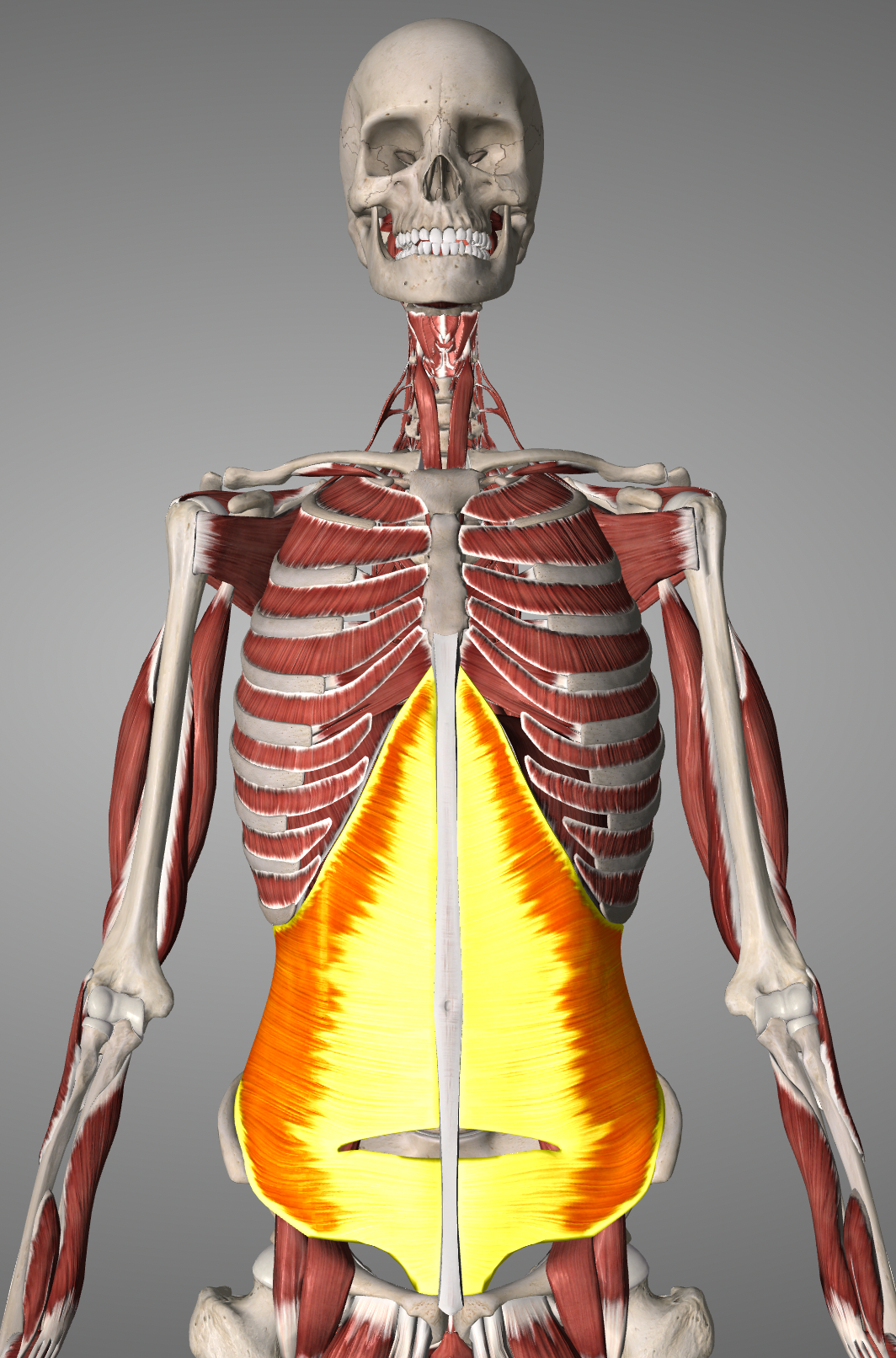Why Working On Your Abs Isn’t Going to Solve Your Back Pain
I hear it all of the time from my patients - “I have back pain because my abs are weak. I need to work on my core.” In fact, some of my patients have even been told that by other providers. However, it’s a little bit more in-depth than that. This is because our body is like one big tension bridge; if one muscle isn’t working properly, it’s going to cause a chain reaction that affects all of the other muscles that do similar jobs.
People often think the term “core” and our abdominals mean the same thing. However, the difference is this; our core is the entirety of the muscles and structures that support our trunk and allow our limbs to generate force. Our abdominals are just one part of the core. When it comes to treating back pain, the other parts of our core are often neglected, which leaves lots of pieces of the puzzle unaddressed.
In this article, I’m going to explain each part of our core and talk about how they all work together to impact our pain, movement, and flexibility.
The Abdominals
Our body has four layers of abdominal muscles, outlined below from most superficial (on top) to deepest from left to right.
External obliques
Internal obliques
Rectus abdominis
Transversus abdominis
Our abdominal muscles make up the front of our core. But our core is like a soda can; it has sides, a back, and a top and bottom. All of these sides work together to create a pressurized system. If the other components of our core are weak, it’s like crushing one side of the can; we lose the pressure and our ability to generate force. Additionally, many of the traditional ab workouts, like crunches, predominantly work the rectus abdominis, neglecting the deepest layer of our core, the transversus abdominis. If we don’t have strength at the deepest layer of a muscle group, the layers on top also can’t function as well.
The Diaphragm
The top of our core is made up of our diaphragm. Our diaphragm is attached to our rib cage, as are our abdominal muscles. It also attaches to our spine. If our diaphragm isn’t working properly, it pulls on our ribs and abdominals, causing a chain reaction that impacts how our trunk and back move.
The Diaphragm
The Pelvic Floor
The bottom of our core is made up of our pelvic floor. This is the most neglected part of the core, and it oftentimes is only addressed with women who are pregnant. Most people don’t realize how much our pelvic floor contributes to our overall strength and movement, in both men and women.
Our pelvic floor connects to our coccyx (tailbone) and our pelvis, and also contributes to back pain.
The Pelvic Floor
The Multifidi
Lastly, the back (no pun intended) of our core at our deepest level is made up of our small spinal stabilizers, our multifidi. These muscles stretch all the way from our sacrum to our neck, and if they don’t work properly, will oftentimes contribute to back pain.
The Multifidi Muscles
The body is one big chain reaction. If we only work on one of the variables that affects our back pain, it’s difficult to achieve pain-free results. Just working on your abdominals to fix your back pain is like just fixing one of your four flat tires and expecting your car to be able to drive across the country. That’s why doing all the ab crunches in the world probably won’t help your back pain go away. For a quick look at some other exercises that can help jumpstart the muscles we highlighted above, check out our blog post here.
Interested in finding out how to address your whole body to make sure your back pain goes away and stays away? Looking for advice on just how to move better and be healthier? Click below to learn more about how to schedule a Discovery Call with Dr. Jessie Duppler to improve how you move and get you back to doing the things you love!







